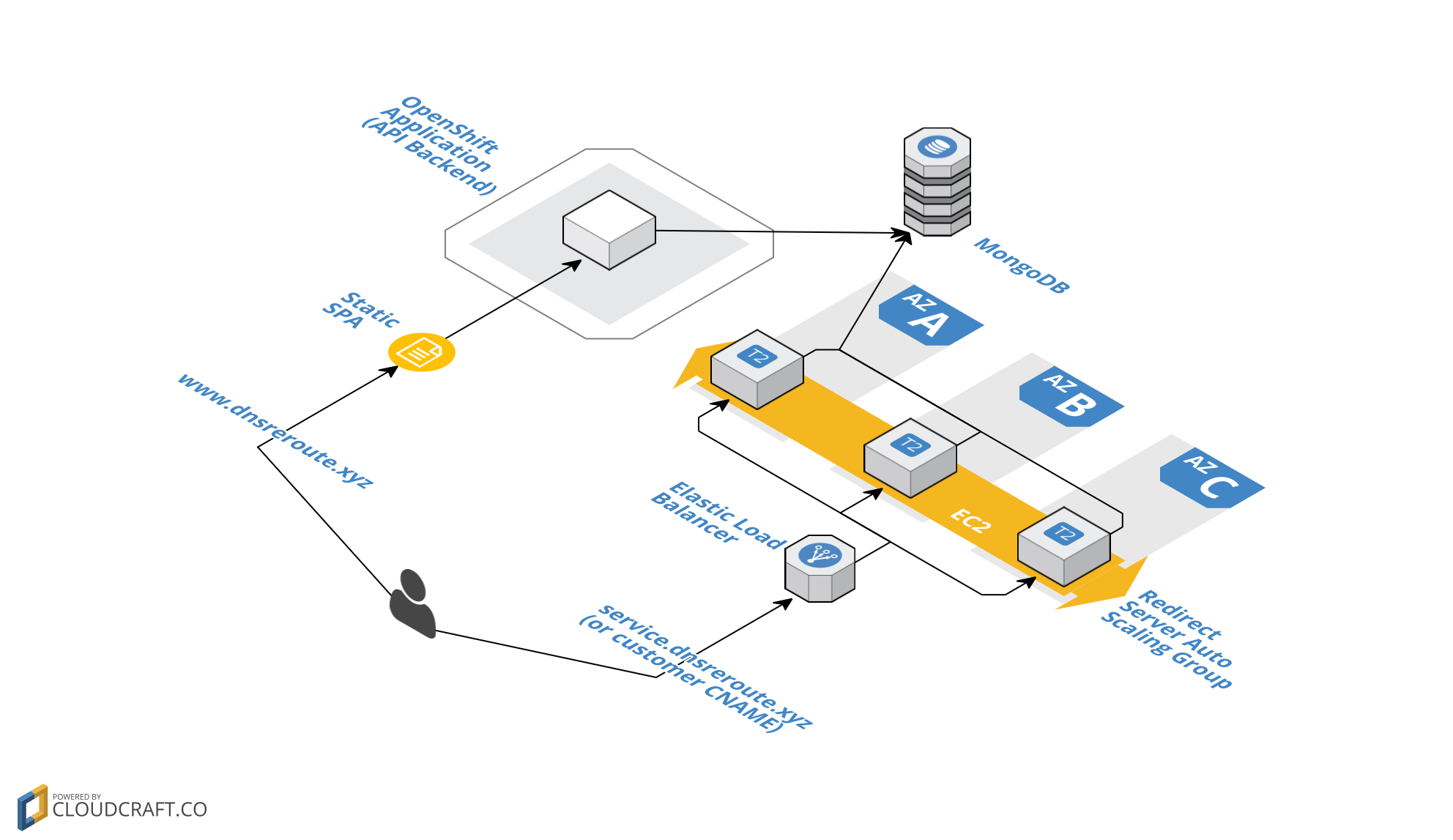Querying vCloud Director API with Ruby Script
Well it's been awhile since I've posted since I started working on HireUpJob, but this one's good. I recently had a use case where I needed to get the virtual hardware version of a client machine provisioned through vCloud Director. Now, that information is not accessible anywhere on the client machine, so I had to look to the vCloud Director API for it. The process for querying the API also had to be automated for future provisions, so it had to be scripted. Enough back story and context, lets look at the ruby code.
#Need to import a few ruby packages
require 'net/http'
require 'uri'
require 'openssl'
#Here we are ignoring any issues that may arise with SSL certificates
OpenSSL::SSL::VERIFY_PEER = OpenSSL::SSL::VERIFY_NONE
#main fetch function takes an initial URL to fetch from and a limit for number of redirects to follow
def fetch(uri_str, limit = 10)
raise ArgumentError, 'HTTP redirect too deep' if limit == 0
#Parse URL into URI object
uri = URI.parse(uri_str)
#Create new Net::HTTP object
http = Net::HTTP.new(uri.host, uri.port)
#Set the http object to use SSL
http.use_ssl = true
#Ignore issues with SSL certs
http.verify_mode = OpenSSL::SSL::VERIFY_NONE
#Start the http session
http.start()
#Create an HTTP POST request to /api/sessions to authenticate
req = Net::HTTP::Post.new('/api/sessions')
#Set HTTP basic auth variables of username and password
req.basic_auth '<your_username>@<your_org>', '<your_password>'
req.add_field 'Accept:', 'application/*+xml;version=1.5'
#Send the request we created earlier, and capture the HTTP response
response = http.request(req)
#Start case to handle various HTTP responses
case response
#If authentication is successful, a token is returned in the response header. So if we get an HTTP 200 response from the vCloud server, then we can grab the "x-vcloud-authorization" token from the header
when Net::HTTPSuccess then
authKey = response.header['x-vcloud-authorization']
#if we get an HTTPfound instead, we are probably getting redirected and should try to follow it. You may need to tweak this section to suit your use case
when Net::HTTPFound then
#call the main fetch function again and decrement the overall redirect limit
fetch(response['location'], limit - 1)
#If we get an HTTP redirection, we are definitely getting redirected and should follow it
when Net::HTTPRedirection then fetch(response['location'], limit - 1)
else
#something went wrong - spit out whatever the response error is
puts response.error!
end
#Set the headers as a variable to be re-used later, including the authorization token we grabbed earlier
headers = {
'Accept' => 'application/*+xml;version=1.5',
'x-vcloud-authorization' => "#{authKey}"
}
#Build a new request, this time an HTTP GET, to grab a value from the API. Supply both the API call and the headers variable we just put together
req = Net::HTTP::Get.new('/api/vApp/vm-insert-your-alphanumeric-UUID-here/virtualHardwareSection', headers)
#send the new request and grab the response again
response = http.request(req)
case response
when Net::HTTPSuccess then
#In my case, the value I wanted was returned in the XML body that was returned, so if the server responds with HTTP 200 I just grab the entire response body and pass it to a variable
result = response.body()
#same as previous
when Net::HTTPFound then
fetch(response['location'], limit - 1)
#same as previous
when Net::HTTPRedirection then fetch(response['location'], limit - 1)
else
puts response.error!
end
#Finally, build one more request to send an HTTP DELETE call to /api/sessions to kill your session
req = Net::HTTP::Delete.new('/api/sessions', headers)
http.request(req)
#Again, in my case, I wanted to confirm that the VM was using a specific virtual hardware version (vmx-08), so I did a quick string match to confirm this
result.include?('<vssd:VirtualSystemType>vmx-08</vssd:VirtualSystemType>')
end
print fetch('https://<your_vcloud_server>:443')
If you're using my code more or less verbatim and everything executes properly, you should get a simple "true" or "false" as output. Now, this script is for a fairly specific use case, but I think the real potential value here is to use this enable Opscode Chef (written in Ruby) to communicate with vCloud Director. I'll be sure to post again as I develop some use cases.
In case you have a very different use case but need some help, here are some of the pages I referred to for writing this script:
- Exploring the vCloud REST API - Part I and Part II
- vCloud Director REST API Reference
- Ruby - Net::HTTP - following redirects
Hope this helps some of you out there and let me know if you have any questions.



Leave a Comment